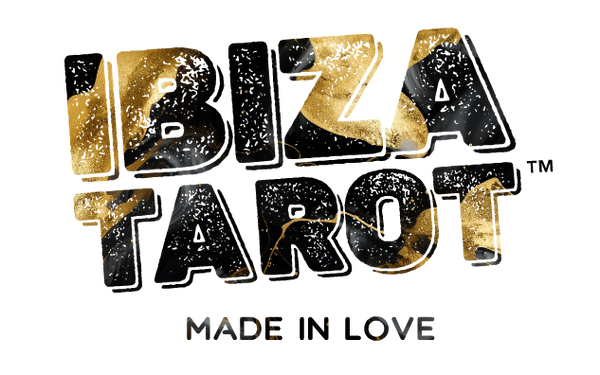Tarot Decks and Symbolism: Exploring the Language of the Cards
Tarot cards are more than just tools for divination; they are rich with symbolism that speaks to the subconscious mind. Each deck tells a unique story, woven through its imagery, colors, and archetypal symbols. Understanding tarot symbolism not only deepens your readings but also strengthens your connection with the cards. In this article, we explore the origins of tarot symbolism, key elements found in tarot decks, and how different decks interpret these timeless motifs.
1. The Evolution of Tarot: From Ancient Roots to Modern Practice
Tarot’s origins trace back to the 15th century, where it began as a card game in Europe. Over time, it evolved into a powerful tool for spiritual reflection and divination. The symbolic language of tarot has been influenced by various traditions, including:
-
Ancient Mysticism: Egyptian, Kabbalistic, and Hermetic symbols are woven into many decks.
-
Medieval and Renaissance Art: Imagery from these periods shaped the aesthetics of early tarot decks.
-
Esoteric Philosophy: The Golden Dawn and other occult groups introduced astrological, numerological, and alchemical symbols.
Today, tarot decks continue to evolve, reflecting contemporary themes while honoring traditional symbolism.
2. Understanding the Major Arcana: Archetypes and Life Lessons
The Major Arcana consists of 22 cards representing universal archetypes and significant life lessons. Each card embodies a stage of the "Fool’s Journey," a metaphor for personal growth and spiritual awakening.
-
The Fool (0): Symbolizes new beginnings, potential, and taking risks.
-
The Magician (I): Represents manifestation, power, and mastery of the elements.
-
The High Priestess (II): Embodies intuition, mystery, and hidden knowledge.
These cards are rich with symbols like keys, pillars, and celestial bodies, each adding layers of meaning to the reader's interpretation.
3. The Minor Arcana: A Deep Dive into Everyday Wisdom
The Minor Arcana consists of 56 cards divided into four suits:
-
Wands: Associated with fire, representing creativity, passion, and ambition.
-
Cups: Linked to water, symbolizing emotions, relationships, and intuition.
-
Swords: Connected to air, reflecting intellect, conflict, and communication.
-
Pentacles: Tied to earth, representing material matters, career, and stability.
Each suit has numbered cards (Ace to Ten) and court cards (Page, Knight, Queen, King). The symbols within the suits, like blooming wands or turbulent waters, provide clues to the card’s message.
4. Comparing Rider-Waite, Thoth, and Marseille Tarot Decks
While many modern decks draw inspiration from the Rider-Waite Tarot, other influential decks offer unique symbolic systems:
-
Rider-Waite Tarot: Known for its vivid imagery and accessible symbolism, ideal for beginners.
-
Thoth Tarot (by Aleister Crowley and Lady Frieda Harris): Incorporates complex esoteric systems, including astrology, Kabbalah, and alchemy.
-
Marseille Tarot: Features simpler, more abstract artwork with pip-style Minor Arcana, focusing on numerology and elemental associations.
Comparing these decks helps readers appreciate the diversity of tarot symbolism and find a deck that resonates with their personal style.
5. The Art of Tarot: Iconic Illustrators and Their Impact on Tarot Design
The artistry of tarot is integral to its symbolism. Iconic illustrators have left their mark on tarot history:
-
Pamela Colman Smith (Rider-Waite Tarot): Brought Arthur Edward Waite’s vision to life with detailed, story-rich illustrations.
-
Lady Frieda Harris (Thoth Tarot): Infused the Thoth deck with abstract, esoteric art influenced by sacred geometry.
-
Modern Artists: Contemporary decks feature diverse styles, from minimalistic designs to culturally specific themes, reflecting modern spirituality.
Each artist’s interpretation adds new dimensions to the symbolism, offering fresh perspectives on age-old archetypes.
Final Thoughts
Tarot symbolism is a universal language that transcends time and culture. By exploring different decks, understanding the meanings behind the images, and connecting with the archetypes, you unlock deeper insights in your readings. Whether you're drawn to traditional decks like the Rider-Waite or contemporary creations, the symbols within the cards are keys to understanding yourself and the world around you. Embrace the journey, and let the cards guide you through the rich tapestry of tarot symbolism.
